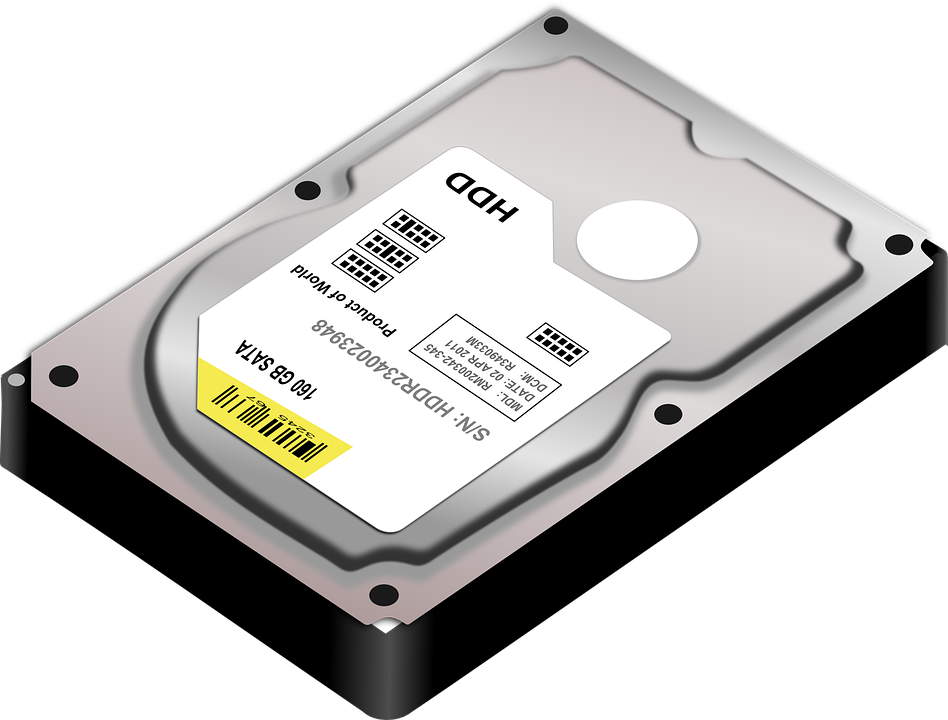Tiered storage is a way of managing data by assigning it to different types of storage devices/media depending on the current value that the underlying information provides. The efficient management of data recognizes that all information provides an intrinsic value from the time it’s created to the time it becomes obsolete and that this value changes over the information lifecycle.
The typical factor determining the value of information is how frequently you access it, however, policy-based rules can factor a number of other issues to determine information value. For example, old bank transactions, which might have a low value, could suddenly shift in value depending on special circumstances, such as a tax audit. This article discusses some pros, cons, and best practices for tiered storage. But first, a brief overview of automated tiered storage.

Automated Tiered Storage
Automated tiered storage takes the concept of storage tiering and attempts to optimize it by automatically moving data between different storage to meet space, performance, and cost requirements. The rules for dynamically moving the data are set out in policies.
For example, a storage admin might designate a low-cost storage option for infrequently accessed data. As data becomes more valuable and more frequently accessed, it automatically moves to higher performing storage media with lower latency for easy access.
The benefit of automated storage tiering is that it is much more efficient from the perspective of both time and money. Manually moving data to appropriate storage tiers is a time-consuming activity that carries more potential for human error, resulting in data ending up in sub-optimal tiers.
Designated storage tiering services have now emerged that automate the process of tiering and integrate with popular cloud storage services, such as those offered by AWS. Netapp, for example, automatically moves your data between high-performance Amazon EBS volumes and the lower cost S3 Simple Storage, depending on how frequency you access it.
Tiered Storage Pros & Cons
Pros
- The primary advantage of implementing tiered storage is cost savings. Research shows that organizations using a four-tiered storage structure can experience cost savings of 98 percent versus untiered storage. Storing “cold” data on a high-performance SSD disk, for example, is prohibitively expensive for most businesses.
- Tiered storage also reduces the time taken to back up your data. Automated policy-based archiving combined with cloud storage services saves time compared with backing up to traditional forms of archival storage media, such as tape drives.
- Tiered storage ensures that the most expensive, high-performance storage types are only for applications that need such types of storage to serve important business functions.
- Business resources are more effectively used when you implement tiered storage, specifically when you opt to store some of your data in the cloud. Using the cloud for tiered storage reduces on-premise power consumption, increases floor space, and reduces management overheads.
Cons
- There is a performance sacrifice involved in using tiered storage because data classified as “cold” or infrequently accessed typically ends up on low-cost storage devices/services that have high latency. Queries on low-cost storage tend to take much longer to run.
- Implementing tiered storage, in the long run, saves time, particularly automated tiered storage. However, the initial stage involves defining policies for classifying data based on its value, and this stage can be quite complex.
- The complexity involved in classifying data for tiered storage can result in some negative impacts, such as data ending up on the wrong storage media and operational inefficiencies. Such issues are straightforward to avoid for organizations that take a careful, prudent approach to tiered storage planning.
Tiered Storage Best Practices
Understand the Storage Tiers
The largest savings in costs come from using four-tiered storage setups. The four tiers typically used are:
Tier 0: Data with the highest business value that requires high-performance. Typically stored on SSDs, whether on-premise or cloud-based. Think transactional data that needs quick reads and writes to support customer transactions or to run high-speed applications, such as online stores.
Tier 1: Mission-critical application data belonging to important enterprise applications, including ERP and CRM software. Often stored on high-performance cloud instances or enterprise storage media, such as SAS drives. Less of a need for lightning fast response times.
Tier 2: Less critical data. Can be stored on SATA drives. Think older financial transactions.
Tier 3: Long-term archival data that you cannot delete due to compliance issues. You can store this type of data in cloud-based services or on low-cost LTO tapes.
Sometimes these tiers are numbered one through four.
Leverage Cloud Storage
The range of different cloud storage services currently available makes cloud computing an ideal technology to incorporate into any tiered storage plan. Amazon Web Services alone, for example, has four different storage options, including Glacier for archival data and EBS for mission-critical data.
It would be detrimental in terms of both costs and efficiency to not seriously consider any of the slew of well-regulated, secure cloud storage services available for your tiered storage needs.
Seek Employee Input
As has already been mentioned, the actual process of classifying and categorizing the value of data is complex. A good way to get some clarity in this regard is to speak to each group of employees that use or generate different data.
You can establish a data classification committee to define the final value because data seen as useless after a certain time period to one group of employees might remain useful for much longer to a different team.
Wrap Up
The overarching idea behind tiered storage is to recognize the cost inefficiencies associated with simply using one type of storage for all data, regardless of its value to your business. Tiered storage saves time and money, and you can best implement it by recognizing its initial complexity and following the best practices recommended here.


